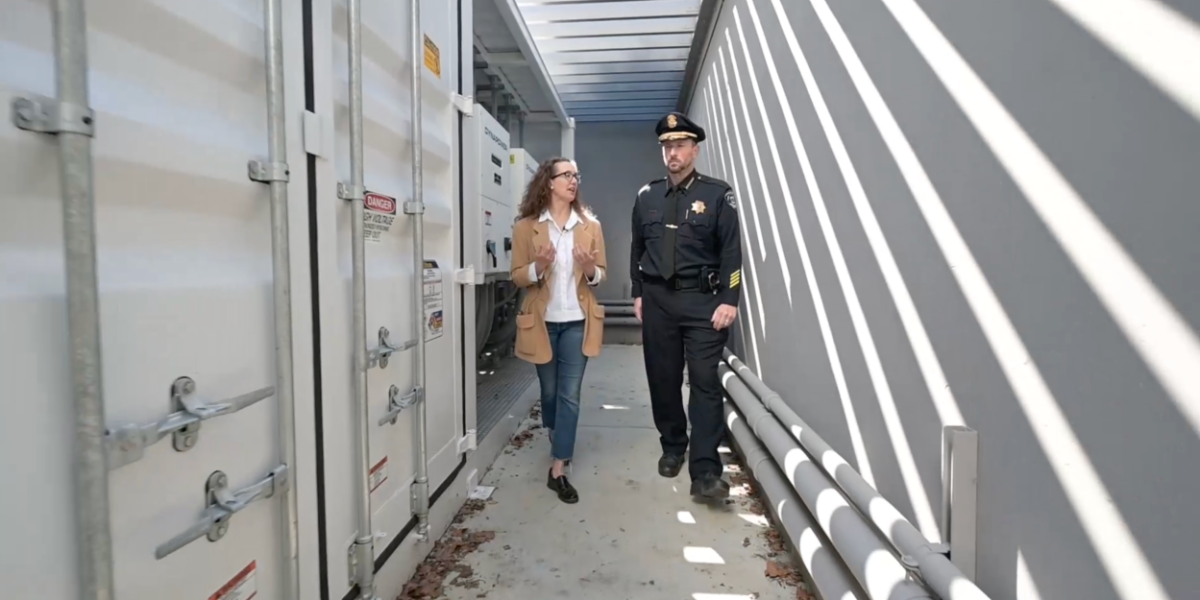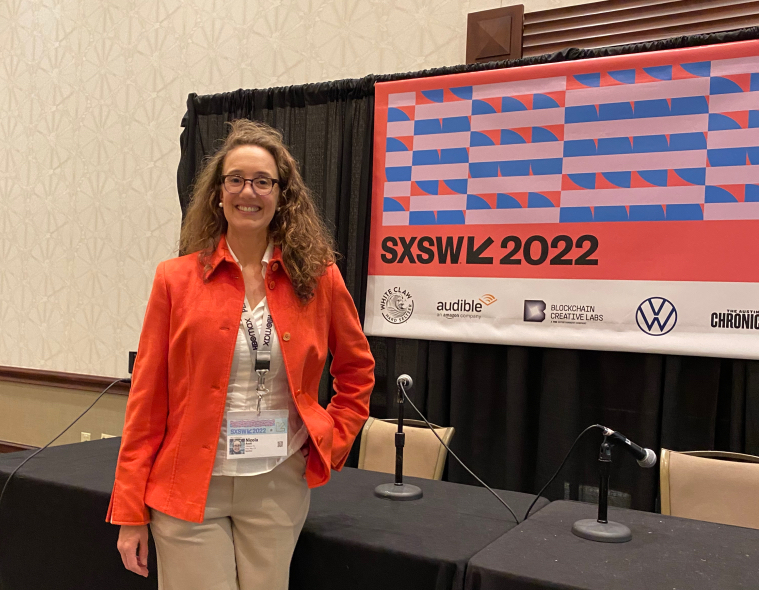Why Climate Change Can't Knock Our Lights Out
At South by Southwest (SXSW) 2022, Nicola Acutt, vice president of ESG at VMware, discussed the partnership between the City of Palo Alto and VMware on a prototype that will test the potential of microgrids to advance energy resiliency and sustainability efforts at the community and corporate level.
Extreme weather events have increased in severity and duration every year. These have significantly impacted both businesses and communities across the globe and have tested our resiliency. From wildfires in California to ice storms in Texas throughout the past year, power grids all over the U.S. were tested and often failed.
Climate change also impacts local infrastructure and creates a critical challenge for cities to access reliable power to both manage daily risk and to support the community, explained Chief Kenneth Dueker, director of the Office of Emergency Services at the City of Palo Alto, during the session.
This led VMware and the city to collaborate on something bigger—the prototype of an innovative microgrid, a local energy grid that can disconnect from the traditional grid and operate autonomously.
The Community Microgrid Is for the Community
Inspired by a vision of a community microgrid that would extend far beyond VMware’s campus and provide local renewable power and energy storage, the concept also included a first of its kind solution for emergency backup power for mobile emergency response units in the case of a disaster event.
The microgrid prototype encompasses two buildings on VMware’s campus, supported by two 1 MWh batteries which integrate with existing rooftop solar panels and 100% renewable grid power. Each microgrid has the capability to support the community’s Mobile Emergency Operations Center (MEOC), providing connectivity and resilient power for its vehicles. These MEOC vehicles can use the VMware microgrid in case of extended power outages or fuel shortages to provide critical communication services.
“Microgrid technology is not new. The innovation is connecting it to community. That’s why we call this a ‘Community Microgrid.’ We’re building a shared resource,” Nicola said.
Innovate as You Go
Along the way, the team learned valuable lessons in overcoming resistance to change, expecting the unexpected and innovating as you go.
Nicola and Chief Dueker emphasized two reoccurring themes that stood out the most—communication and collaboration. On a project with so many stakeholders across various organizations, it was paramount to maintain consistent engagement, proactive involvement, transparency and over-communication when navigating obstacles from contracting to permitting to supply chain setbacks during a global pandemic.
Nicola closed the session by looking to the future. “In order to address a complex, multi-faceted challenge like climate change, we need to come at it at every angle possible at all scales—from individual actions to large, systemic changes.“At the end of the day, it’s not the technology or the policies alone that will keep our lights on—it’s real people coming together to solve real problems. That’s what gives me hope. The reason why climate change can’t knock our lights out is because human ingenuity is a renewable resource,” she said.
VMware is building a more sustainable, equitable and secure future by integrating ESG goals across the company and aligning them with its core business strategy, reflected in the company’s 2030 Agenda. Learn more about ESG at VMware.
This article may contain hyperlinks to non-VMware websites that are created and maintained by third parties who are solely responsible for the content on such websites.



